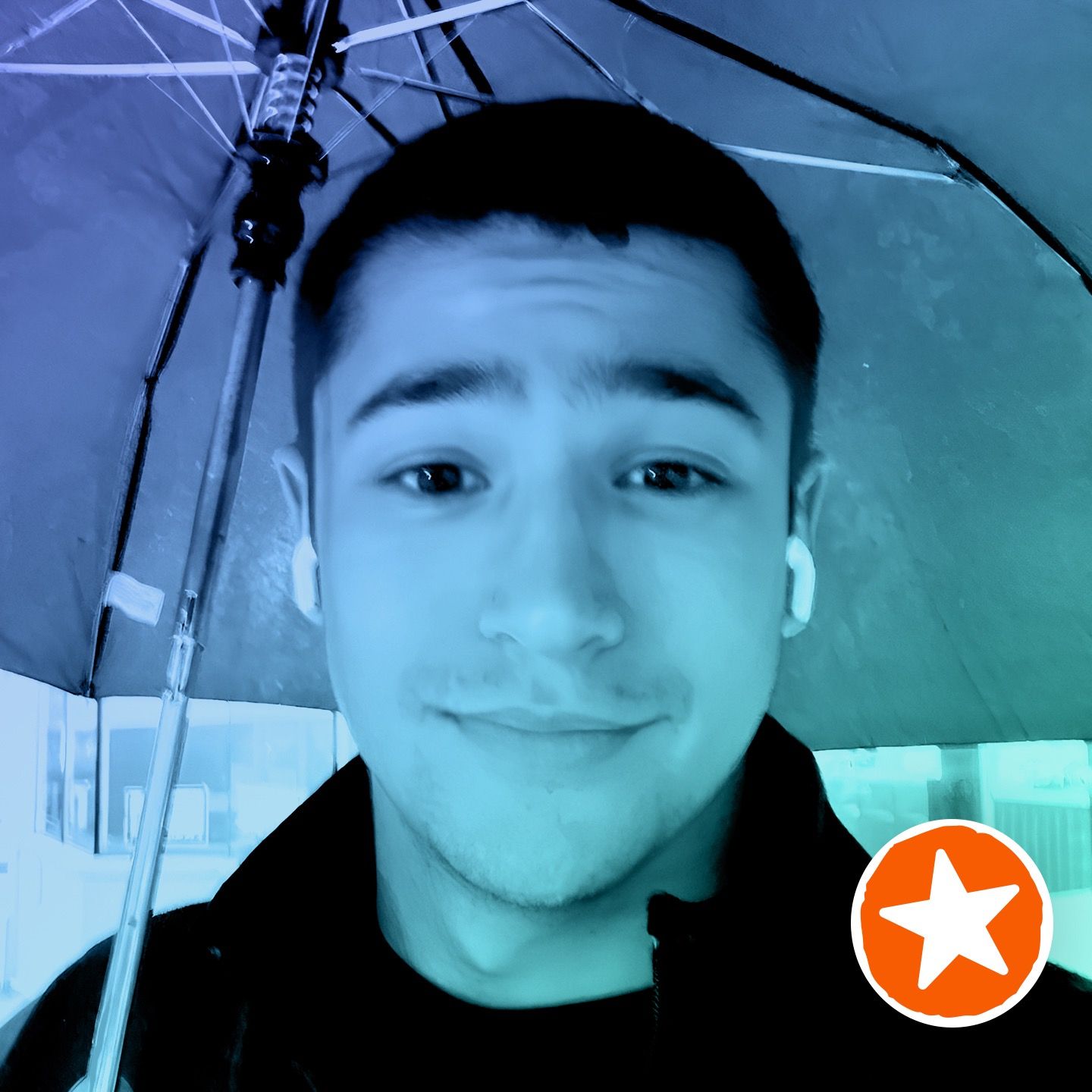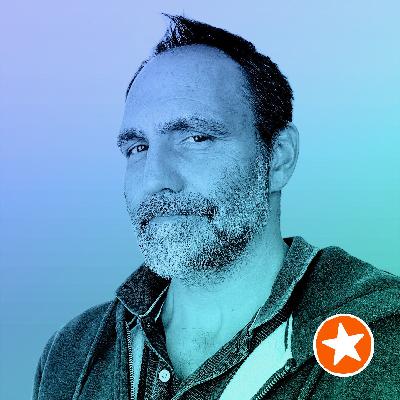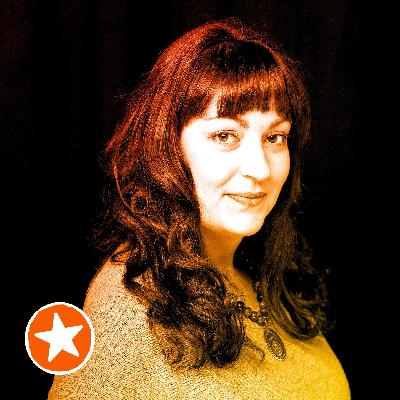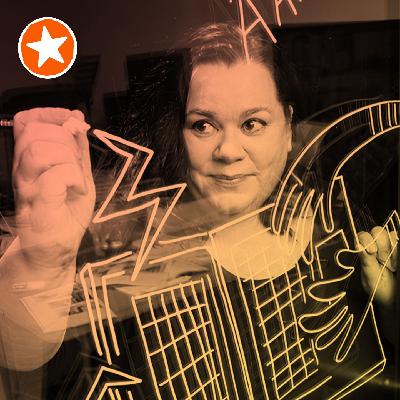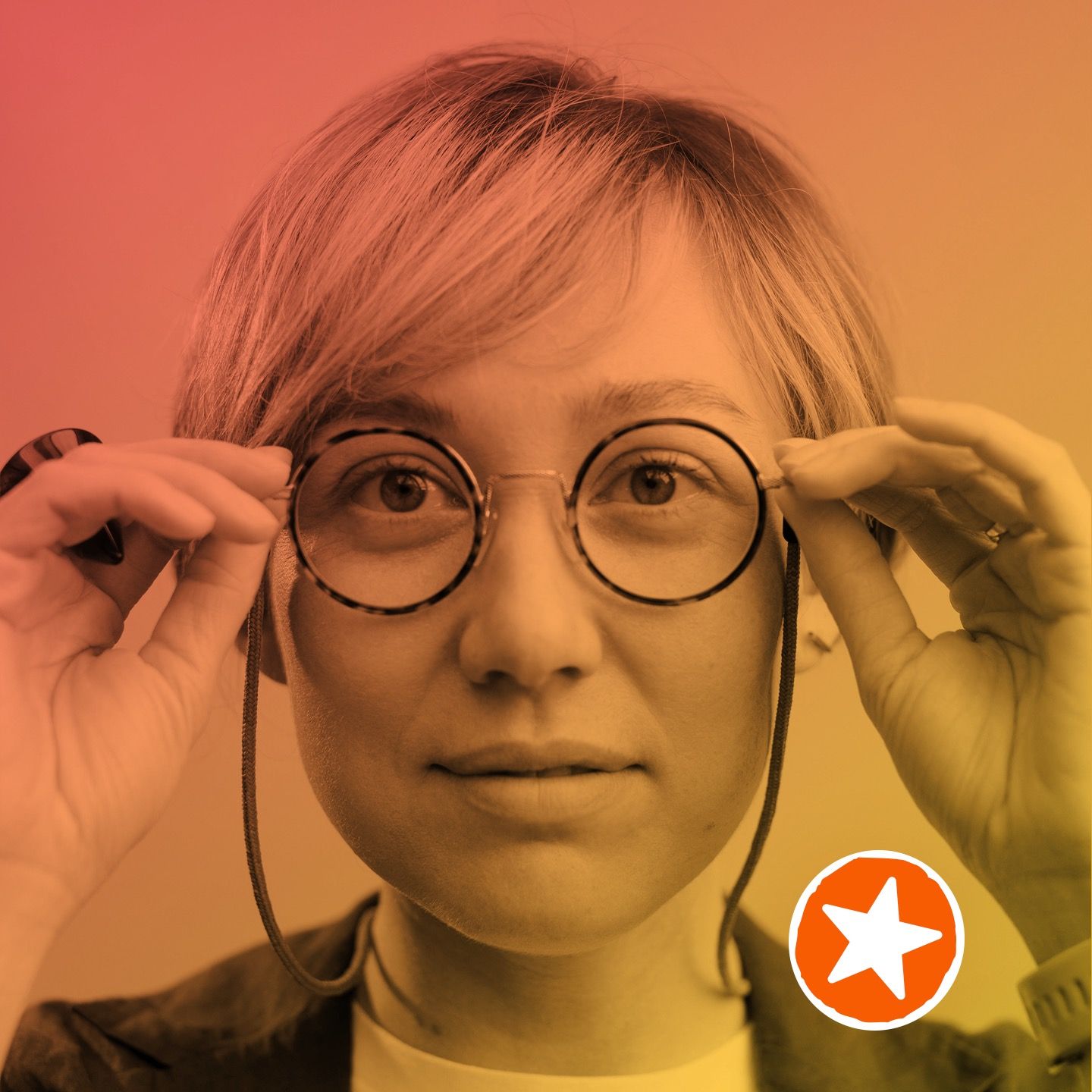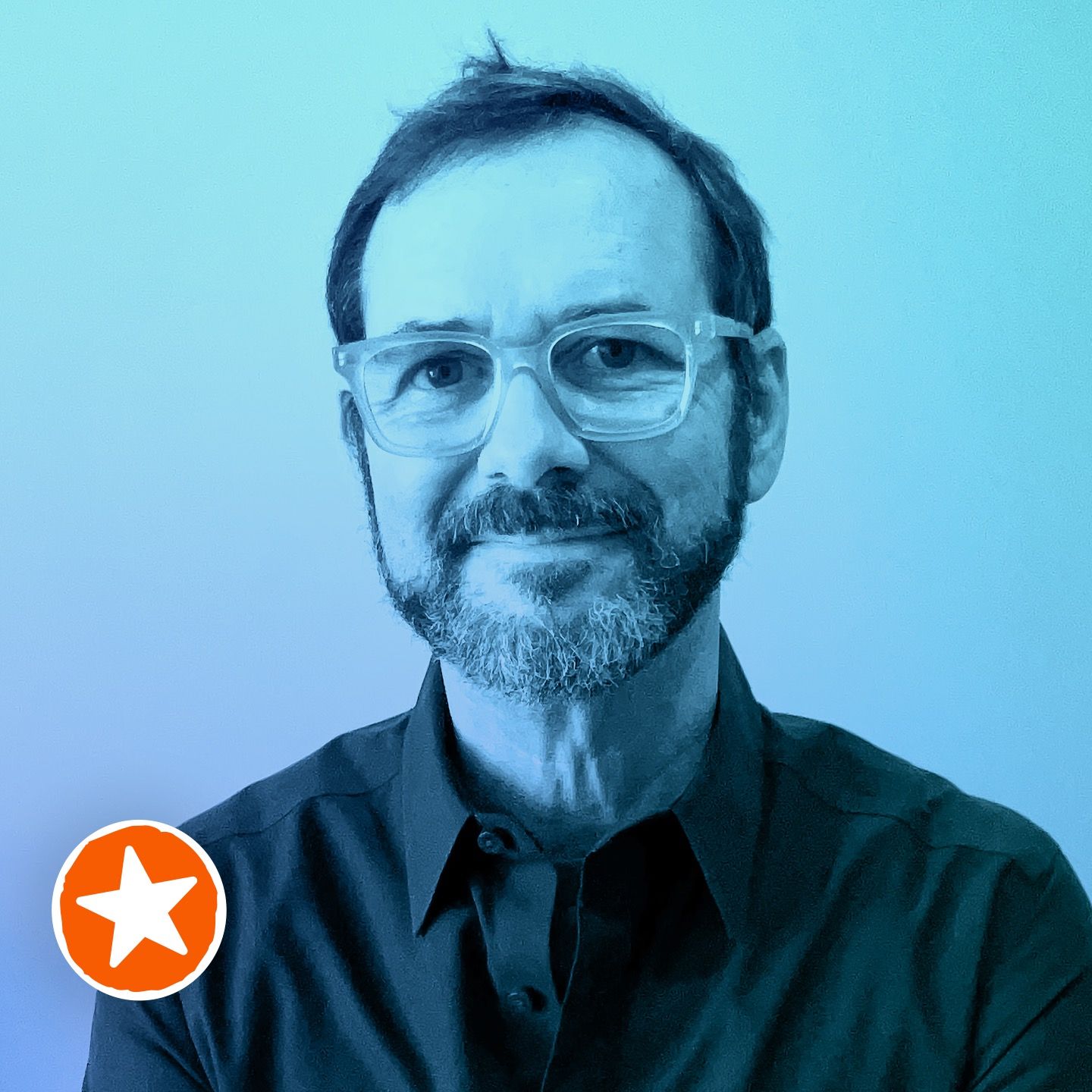Ted Shachtman’s Mental Atlas Method uses imagination as a pathway to improve memory retention - S17/E05
Description
In this episode, Ted Shachtman talks about his discovery of the Mental Atlas Method, an imaginative new approach designed to strengthen memory retention. He explains how the method works, why it’s different from traditional techniques, and even guides Mike Rohde through a live trial so listeners can experience the process in real time.
Sponsored by The Reflective Travel Sketchnote Workshop Video
Have you ever wanted to create travel sketchnotes from an experience you’ve had, just using the photos and memories you’ve got?
In the Reflective Travel Sketchnote Workshop Video, I’ll guide you through my process for creating travel sketchnotes and then help you reflect on your own photos and memories so that you can make travel sketchnotes of your own trips, too!
This 2-hour recorded video includes a set of downloadable, printable sketching templates and a process to kickstart your own travel sketchnoting practice.
All this for just $20.
https://rohdesign.com/travel
Running Order
- Intro
- Welcome
- Who is Ted Shachtman?
- Origin Story
- Ted's current work
- Sponsor: Concepts
- Where to find Ted Shachtman
- Outro
Links
Amazon affiliate links support the Sketchnote Army Podcast.
- Ted on LinkedIn(https://www.linkedin.com/in/ted-shachtman-70930b239/)
- The Mental Atlas Method(https://www.mentalatlasmethod.com/)
Credits
- Producer: Alec Pulianas
- Shownotes and transcripts: Esther Odoro
- Theme music: Jon Schiedermayer
Subscribe to the Sketchnote Army Podcast
You can subscribe to the podcast through iTunes, Google Podcasts, Spotify, Amazon Music, YouTube or your favorite podcast listening source.
Support the Podcast
To support the creation, production, and hosting of the Sketchnote Army Podcast, buy one of Mike Rohde’s bestselling books. Use code ROHDE40 at Peachpit.com for 40% off!
Episode Transcript
Mike Rohde: Hey everybody, it's Mike Rohde again. Got my friend Ted Shachtman here. Ted, how are you doing?
Ted Shachtman: I'm good. How are you?
MR: I'm good, man. It's good to have you. So, Ted is a very unique guest for the Sketchnote Army podcast in that he is someone who has discovered and has been developing this concept called the Atlas Method. Is that the right way to describe it?
TS: It's the Mental Atlas Method, but yeah, typically we just call it the Atlas usually.
MR: Yeah, yeah. After a while, you just sort of, the thing. You know, the thing we do. And so, I'm gonna have Ted talk about what he does in his origin story so he can say what it is. But I've experimented with this technique. And it's a way of improving or retaining memory, or I guess both those things. And I found it really fascinating. And I thought for visual thinkers to have expanded memory is always a good thing because in the work we do, where we're trying to take information, complex information, process it, make sense of it, and then put it on a board or on a screen or on a page, is really hard.
And anything we can do to expand our capacity, our cache, our whatever it is that we're using to process this is a benefit for us. And then additionally, the way that we're going to do a little demo, it actually gives the capacity for you to not have to draw anything, if you wish to. I think that would be a fair way to frame it, think?
TS: Yeah.
MR: Okay, so with that, Ted, tell us who you are and what you do.
TS: Sure. So as said, Schachtman. I am an educator and software engineer, and cognitive scientist. I went to Vanderbilt University for elementary education and cognitive studies. I've been a teacher for the past three years, and I'm also getting a master's in computer science. So the story with the Atlas was, in around November, and I asked myself this question, which was, how do I become the most general smart person? Like, almost like by the time I'm 50, how can I become just the best leader, CEO, researcher? And I kind of just embarked on this question and led me to a bunch of research, just kind of explored different paths, started visualizing things, talking while I was visualizing. And then the end result after about like eight months of constant work and research is the Atlas Method.
MR: So that leads me to the next question, of course, is tell us a little bit about the Atlas Method and how you developed it, in with the framing of an origin story like a superhero.
TS: Yeah, yeah. Okay. So, I personally have a really, really bad part of my brain that takes what I'm currently thinking and writes it to long-term memory. You know those games where everyone goes around in a circle and is like, okay, name your name and something you eat, like your favorite food. I'm terrible at that. I'm really bad at watching lectures. I have to watch a video six times. And I wanted to get rid of that because I've always been pretty creative. And I was always looking for some technique or something that would allow me to, I guess, learn faster.
And so, the actual origin story is I started talking out loud and visualizing at the same time back in October or November. And I would be analyzing some lecture I watched. And I noticed that as I was visualizing the lecture and talking out loud, it would really start to make more sense, like doing both of those things at the same time. And just happenstance, I would take another lecture I watched and be like, man, I want to compare between these. I would switch from like visualizing one to visualizing the other, and it would just be awful. Like I'd have to like go like, urgh! Like going from one to the other.
And one day, I just tried putting them in the same space, like visualizing one video here and the one video here, like right next to each other. And it felt so much easier. It felt like I was able to hold both in my mind at once. And this kept going. I would analyze around two at a time. And then one day I was like, all right, well, I want to get a third. I put a third one in there, and it worked. I stayed at three, and then I went to four.
And then I remember I had about nine full videos, like nine full 20-minute lectures all in the same visual space, and it was somewhat different than it had been before. Like, I started noticing connections between all the videos that I didn't typically find. And it stayed at this point. I'd visualize where 9 or 10 at a time. But I always had this idea that was, surely, I can't keep going, right? Surely nine, like it's impossible. I was like, what am I doing?
MR: Set boundaries.
TS: And then I started reading a lot of research. I started reading a lot of research that essentially said when people switch visual contexts, they lose so much information, and when people are searching from the same context, they can hold so much. Like visualizing someone's hometown, for instance, they can hold that whole thing, but as soon as you go hometown and then like a college campus, they incur so much cost. It's almost like it's hard to think of when you do that cost.
And so, the origin story, how this all started, is I was on a call with my friend Ben, and at this point, I've been telling him like, you know, my cognitive science ideas. You know, just techniques to try to improve this process, and he wasn't super into all of them. He would be like, "Okay, that's a fine one." And I told him the following idea. I said, it seems like if I actually stored everything in one big space, meaning not just nine videos, but every single video I watched, every concept I'd want to think about, in one big space, it seems like that should be more efficient, all the research points to that.
And I was waiting for him to say, all right, sure, maybe, but, you know. But he didn't. He paused for about 10 seconds and said, "You know, Ted, that's not a bad idea." And I just kept going with it. So essentially, the journey is exploring the following question. What if you take your hometown, like Memory Palace, like a method of loci style, and you're building these huge interactive visuals and doing a voiceover on top of them, like describing what you see, the patterns you notice.
And you just keep putting these huge visuals all around your hometown. And you don't stick with nine. You go higher and higher and higher. And so, I kept practicing this. And so, the real origin story, where I guess this technique became not just a way for me to remember things, but kind of the Atlas as it is today, is I was reasoning about one of the videos, and I noticed a pattern about one of them.
And as soon as I noticed that pattern, my visual attention just zoomed, snapped over to another one. And it felt like automatic. It almost felt like if somebody says, say you're looking at a wall of food in the grocery store, and someone says, find the cheese, and your eyes just go to the cheese. Except this happened with a really complex pattern.
And I was like, that was weird. And I added more videos to the Atlas, and it kept happening. And then I sat with a hypothesis. I did the following experiment. I visualized my bathroom and then said, find the sink. Found it, visual attention snapped there. You guys can try to follow along. I said, find the shower curtain. And that was fine. And then I visualized my hometown. Like my whole hometown, I said, okay, find the front door to

